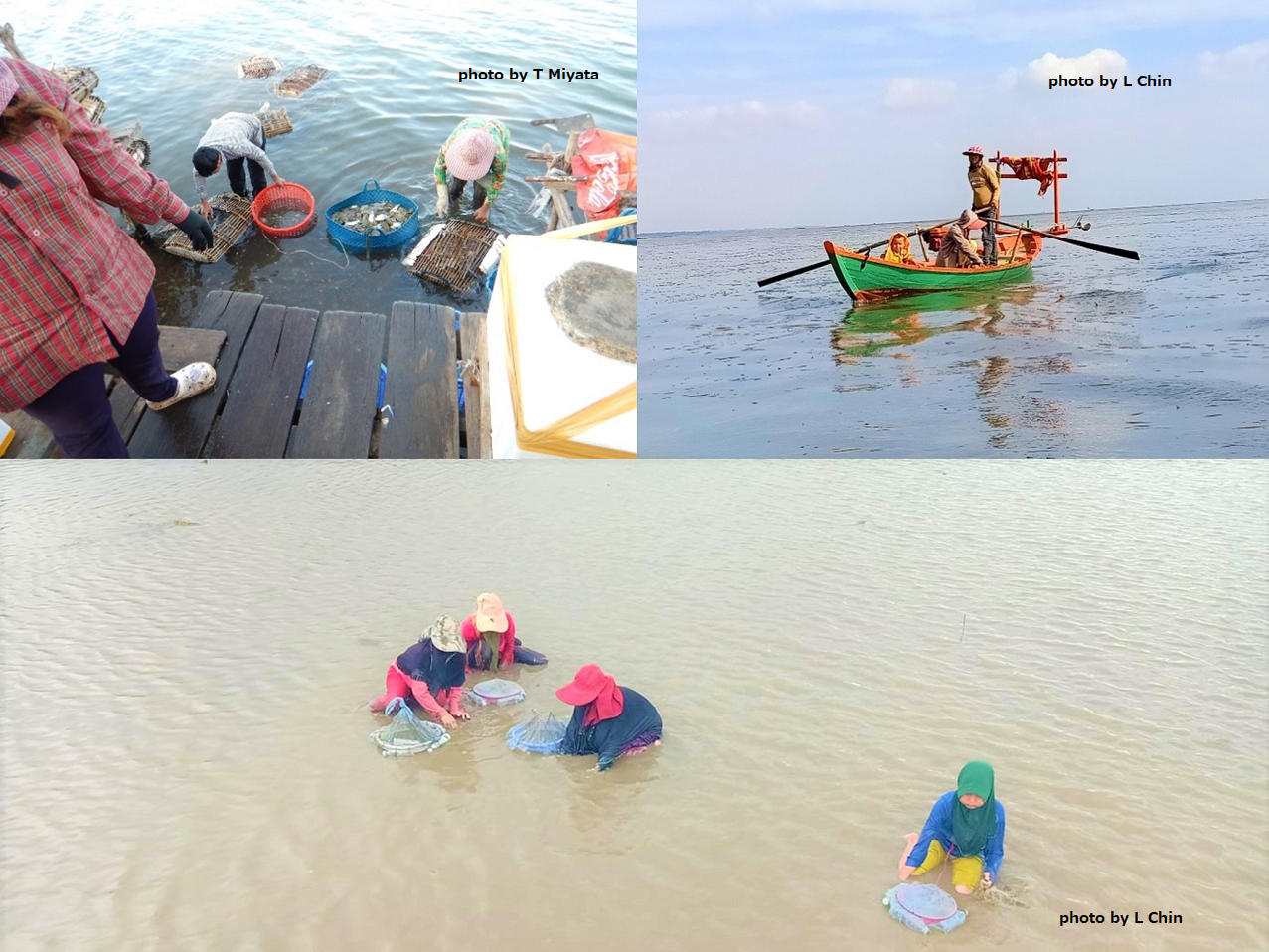Pick Up
497. Unravelling Little-known Small-scale Marine Fishing in Cambodia

The year 2022 has been designated as the International Year of Artisanal Fisheries and Aquaculture. Small-scale fisheries and aquaculture workers play a major role in providing seafood and seaweed, which are essential for a healthy diet and extremely important culturally, and it is extremely important to understand the actual situation in order to promote them.
Although SDG 14 has been proposed for sustainable marine resource use, sustainable fisheries are declining and overfishing is increasing around the world. Understanding the catch by species and operational status of management entities is a minimum requirement for implementing fisheries management. However, catch statistics, which serve as basic data for fisheries management, are often based on a limited sample of species caught by large-scale fisheries in developing countries, and the catch and operational status of small-scale surface fisheries are largely unknown.
While there are many papers on Cambodia's inland fisheries, there are few previous studies on small-scale marine fisheries. Since many fishers are engaged in small-scale marine fisheries in Cambodia, Tokai University and JIRCAS, with the cooperation of the Cambodian government, selected major small-scale fishing areas , conducted random sampling of survey households, and analyzed their actual conditions.
The number of fishers in the surveyed areas, main fishing gears and methods, outline of fishing vessels, catch of main fish species per season per fishing gear, price of main fish species per season, location of fishing grounds, labor conditions, cost per operation, outline of distribution, fishers’ awareness of fishery management, etc. were identified.
We were able to reveal that fishers’ catch varied two to three times from season to season, and that there was little variation among species. The results suggest that if this point is not taken into account when collecting catch statistics, there will be significant errors in statistical estimation.
It became clear that the fishing gear used varied somewhat from village to village. The catch-per-unit effort (CPUE) is sometimes used in stock estimation, but these results suggest that it is necessary to estimate stock levels by taking into account the actual use of fishing gear in each village.
Furthermore, it is clear that women and children of fishers play an important role in the fishing industry as well as in the distribution and sale of catches, and this suggests that monitoring and managing women and child labor are important roles of fisheries administration.
Reference
CHIN, L., MIYATA, T., SAITO, H., & ISHIKAWA, S. (2021). Fishing gears, fishing grounds, target species and labor forces of marine small-scale fishery in Kampot Province, Cambodia. La mer, 59, 1-38.
Contributor: MIYATA Tsutom (Director, Fisheries Division)
